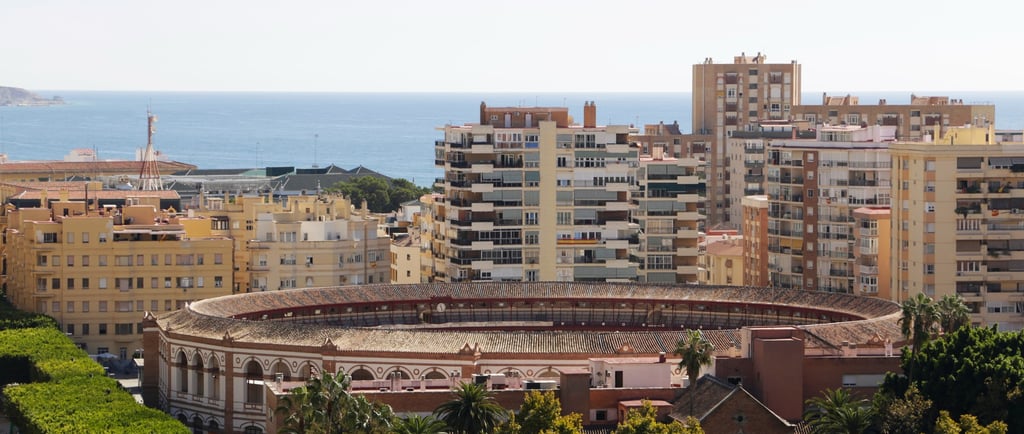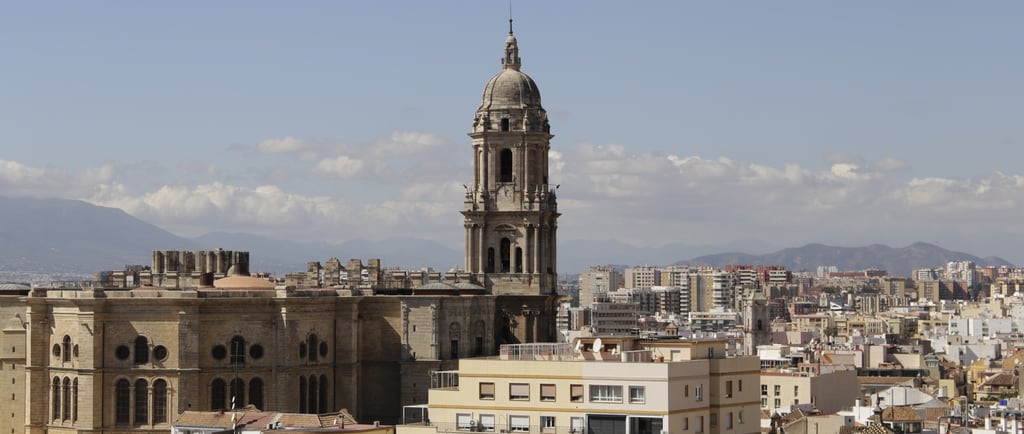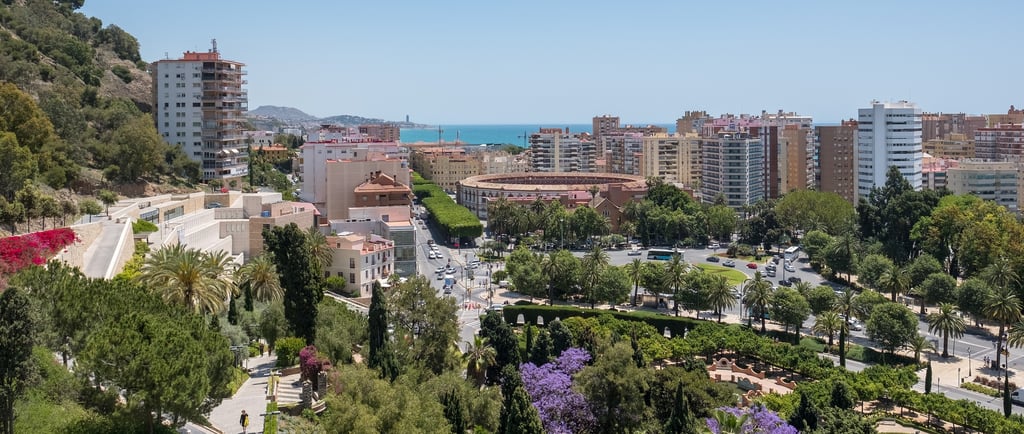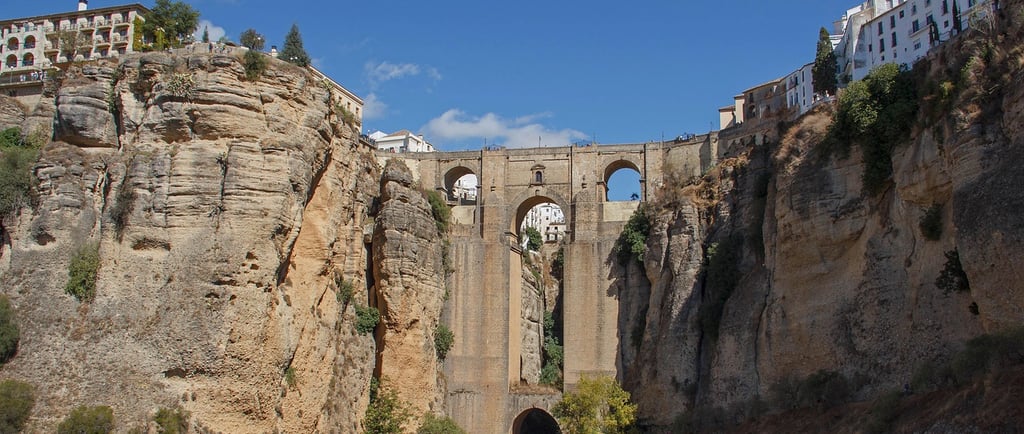Sun, Sand, and Sabor: A Perfect Vacation in Málaga, Spain
Málaga, a vibrant jewel on Spain’s Costa del Sol, offers an irresistible blend of sun-drenched beaches, historical treasures, and tantalizing cuisine. My recent trip to this Andalusian paradise was nothing short of spectacular—a journey through time, culture, and breathtaking landscapes.
3/15/20255 min read


Day 1: Arrival and First Impressions
The moment I stepped off the plane at Málaga-Costa del Sol Airport, I was greeted by the warm Mediterranean breeze. The taxi ride to the historic city center was a scenic introduction to this lively destination—palm trees swaying along the coastline, glimpses of the Alcazaba fortress standing proudly over the city, and the sparkling blue waters of the sea inviting me in.
I checked into my hotel, a charming boutique stay near Calle Larios, Málaga’s bustling shopping street. After settling in, I took my first walk through the city. The mix of Moorish, Renaissance, and contemporary architecture was captivating. I found myself in Plaza de la Constitución, a lively square perfect for people-watching and sipping my first café con leche of the trip.
Day 2: Exploring History and Art
Málaga is a city with deep historical roots, and I dedicated my second day to uncovering its past. My first stop was the Alcazaba, a Moorish palace-fortress that dates back to the 11th century. As I climbed its winding pathways, I marveled at the intricate tilework, lush gardens, and breathtaking views of the city below.
A short walk from the Alcazaba brought me to the Roman Theatre, an ancient ruin that harks back to the 1st century BC. The sight of the weathered stone steps, once bustling with spectators, was humbling.
In the afternoon, I visited the Picasso Museum—a must-see for any art lover. Málaga is the birthplace of Pablo Picasso, and this museum houses an extensive collection of his works. Walking through the galleries, I gained a deeper appreciation for the evolution of his style, from early sketches to abstract masterpieces.
Day 3: Sun and Sea at La Malagueta
After two days of exploring, it was time to embrace the coastal beauty of Málaga. I made my way to Playa de la Malagueta, the city’s most famous beach. The golden sands stretched before me, the rhythmic sound of waves providing a soothing soundtrack to my morning.
I rented a sunbed and spent hours alternating between sunbathing and cooling off in the crystal-clear waters. Around lunchtime, I walked to a nearby chiringuito (beach bar) and indulged in a plate of espetos de sardinas—sardines skewered and grilled over an open flame, a true local delicacy.
As the sun began to set, I took a leisurely stroll along the Muelle Uno, a modern waterfront promenade lined with shops, restaurants, and street performers. The ambiance was magical, with the lights of the city reflecting off the harbor waters.
Day 4: A Taste of Andalusia
One of the highlights of my Málaga trip was the food. On my fourth day, I embarked on a gastronomic adventure, starting with a visit to the Atarazanas Market. This bustling marketplace was a feast for the senses—vivid displays of fresh seafood, colorful fruits, and the intoxicating aroma of Spanish spices.
For lunch, I dined at a traditional tapas bar, sampling an array of small dishes: patatas bravas (crispy potatoes with spicy tomato sauce), gambas al ajillo (garlic shrimp), and jamón ibérico (cured ham). Each bite was an explosion of flavors that spoke of centuries-old culinary traditions.
In the evening, I attended a flamenco performance at a local tablao. The raw passion of the dancers, the haunting melodies of the guitar, and the rhythmic claps and stomps created an electrifying atmosphere. It was a deeply moving experience that connected me to the soul of Andalusia.
Day 5: A Day Trip to Ronda
No visit to Málaga is complete without exploring its surrounding treasures. I took a day trip to Ronda, a picturesque town perched atop a dramatic gorge. The journey itself was scenic, with rolling hills, olive groves, and quaint whitewashed villages dotting the landscape.
Ronda’s iconic Puente Nuevo bridge took my breath away. Spanning the El Tajo gorge, this 18th-century marvel offered panoramic views of the countryside. I spent the afternoon wandering through the old town, visiting the Plaza de Toros (one of Spain’s oldest bullrings), and enjoying a leisurely meal with a view.
Day 6: Farewell, But Not Goodbye
On my final day, I soaked in the last moments of Málaga’s charm. I enjoyed a slow morning at a seaside café, savoring a final cup of coffee while watching the boats drift lazily in the harbor. Before heading to the airport, I took one last walk through the streets, imprinting the beauty of the city into my memory.
As my plane took off, I knew this wouldn’t be my last visit. Málaga had woven its magic around me, leaving me with sun-kissed skin, a heart full of memories, and an insatiable desire to return.
Final Thoughts Málaga is more than just a beach destination—it’s a city rich in history, art, and culinary delights. Whether you're an adventurer, a history buff, or someone who simply loves to bask in the Mediterranean sun, Málaga has something special to offer. If you haven’t yet visited this Andalusian paradise, put it at the top of your travel list. You won’t regret it!






Things to know before visiting the Malaga
Málaga, Spain, is a vibrant coastal city known for its rich history, stunning beaches, and lively culture. Before visiting, here are some essential things to know:
1. Best Time to Visit
Spring (March–May) and Fall (September–November): Ideal weather, fewer crowds, and lower prices.
Summer (June–August): Hot and busy, perfect for beachgoers but expect high accommodation prices.
Winter (December–February): Mild temperatures and fewer tourists, great for cultural exploration.
2. Getting Around
The city is walkable, especially in the historic center.
Buses and metro are affordable options for getting around.
Taxis and ride-sharing apps (like Uber and Cabify) are available.
Renting a bike or scooter is a great way to explore the coastline.
3. Must-See Attractions
Alcazaba of Málaga: A stunning Moorish fortress with panoramic views.
Gibralfaro Castle: Offers breathtaking views over the city and harbor.
Málaga Cathedral: Known as "La Manquita" (the one-armed lady) due to its unfinished second tower.
Picasso Museum: Málaga is Picasso’s birthplace—his museum is a must-visit.
Roman Theatre: A well-preserved ancient site near the Alcazaba.
4. Beaches & Outdoor Activities
La Malagueta Beach: The most popular beach, close to the city center.
Pedregalejo & El Palo: Less touristy, great for seafood and a local vibe.
Playa de la Misericordia: Quieter with dark sand and fewer crowds.
Hiking: Check out the Caminito del Rey, a breathtaking walk along cliffs.
5. Local Culture and Laws
The Maldives is a Muslim country; modest dress is required on local islands.
Alcohol is only available at resorts and liveaboards; bringing alcohol into the country is prohibited.
Public displays of affection are discouraged on local islands.
6. Currency and Payments
The local currency is Maldivian Rufiyaa (MVR), but USD is widely accepted.
Credit cards are commonly used in resorts but bring some cash for local islands.
7. Transportation Between Islands
Speedboats and public ferries connect local islands but have limited schedules.
Seaplanes are faster but expensive and only operate during daylight hours.
Domestic flights serve further atolls but can be pricey.
8. Activities to Enjoy
Snorkeling and diving are world-class, with coral reefs and marine life like manta rays and whale sharks.
Sandbank excursions and dolphin-watching trips are must-dos.
Many islands offer watersports like kayaking, jet skiing, and surfing.
9. Internet and Connectivity
Wi-Fi at resorts can be slow; consider buying a local SIM card for better coverage.
Dhiraagu and Ooredoo are the main mobile network providers.
10. Sustainable Travel Tips
The Maldives faces environmental challenges like coral bleaching—use reef-safe sunscreen.
Reduce plastic waste by carrying a reusable water bottle.
Respect marine life—avoid touching corals or feeding fish.
Contact us
Copyright © 2025. Ralnoscape All rights reserved.
Destinations
Resources


Follow us
This website uses affiliate links which may earn a commission at no additional cost to you
